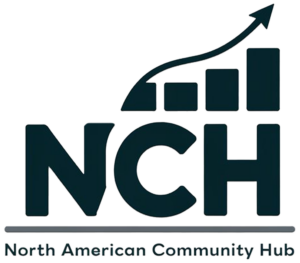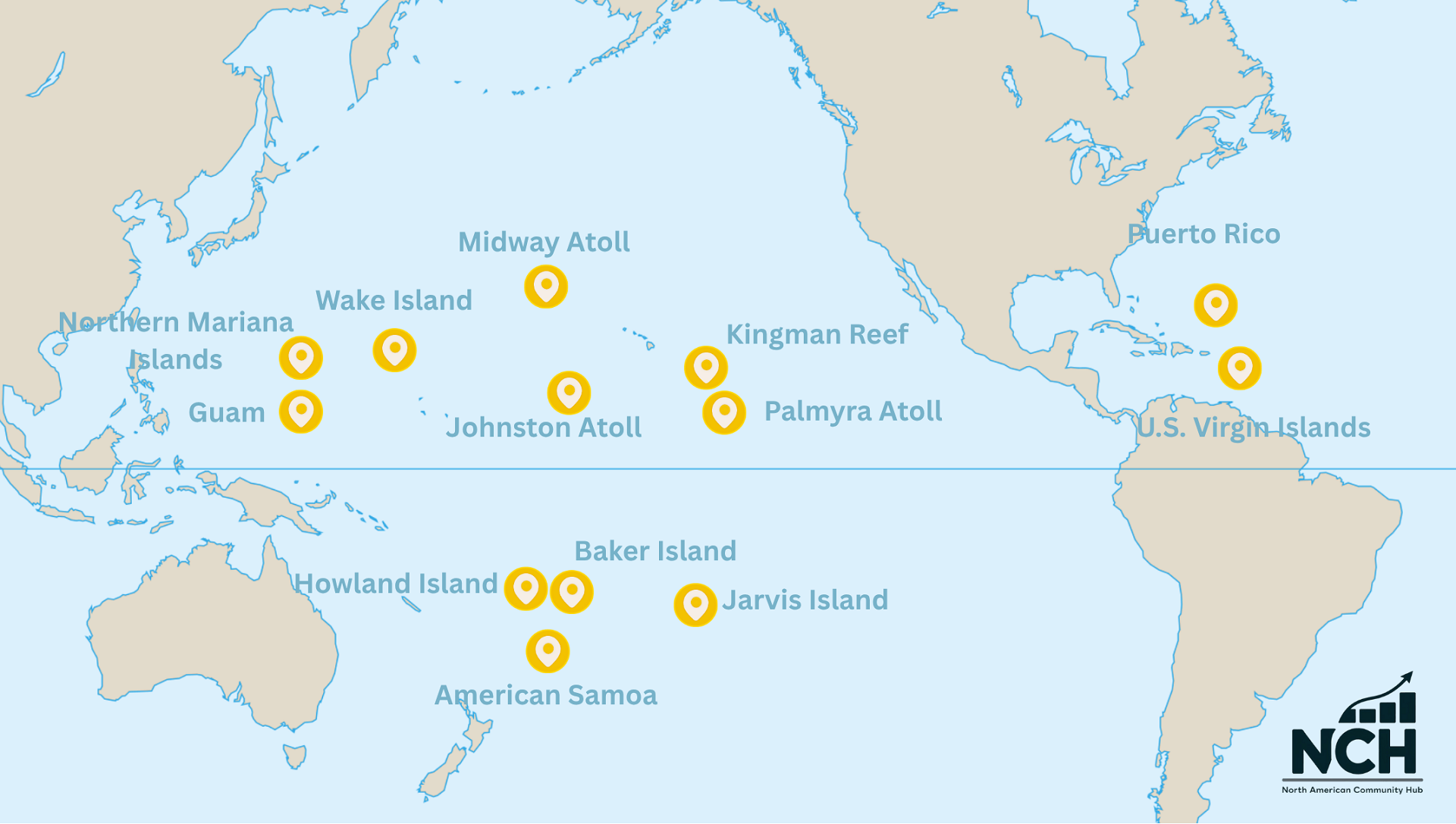There are five US territories that are not states(official and independent), along with a few uninhabited places.
The reason why the US is keeping them is mostly political. In many of them, there are military bases, or the country uses them to sustain its political relevance in the region.
This article will introduce all the US territories that are not states and explain how each became part of the United States.

Puerto Rico
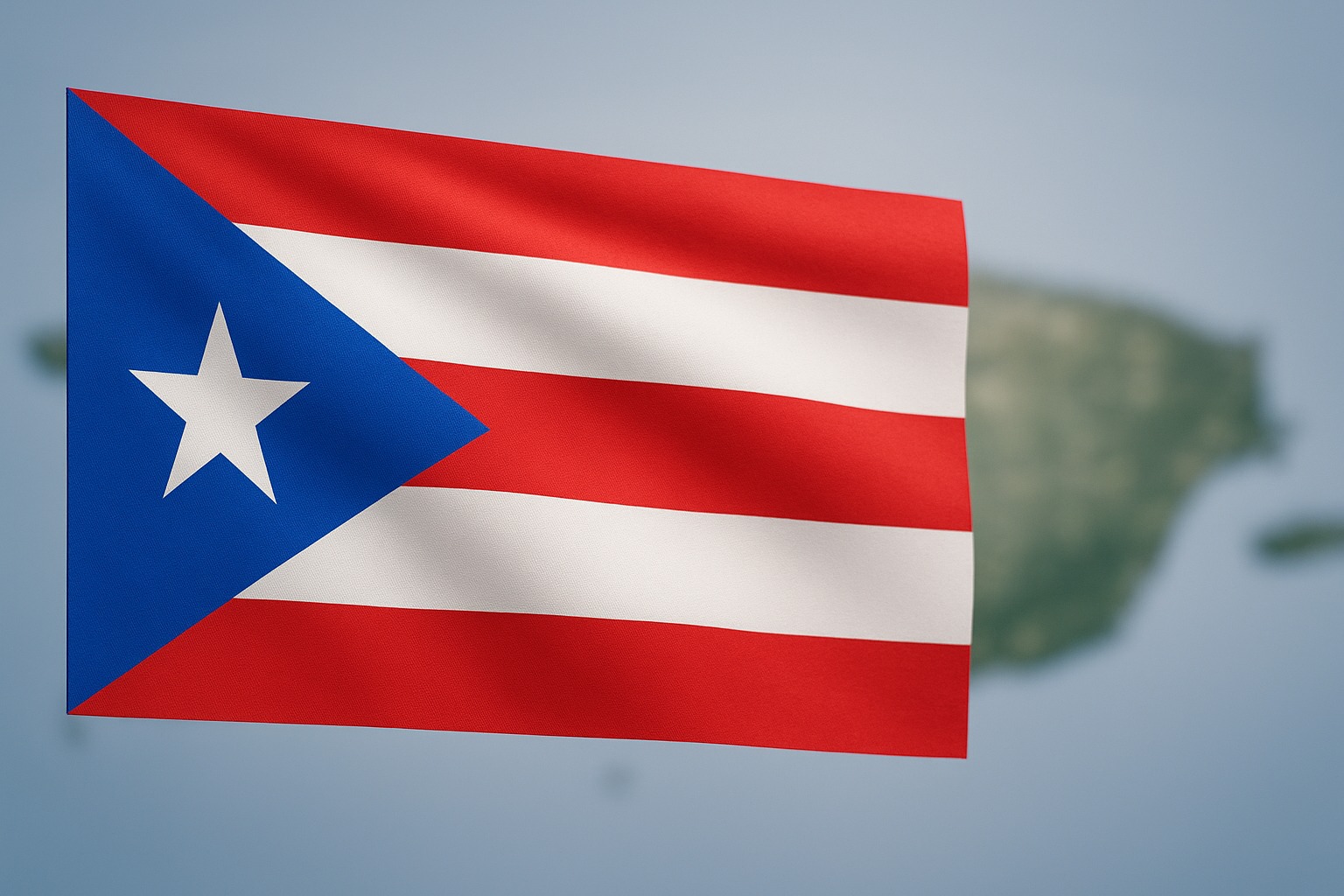
| Official Name | Commonwealth of Puerto Rico |
| Location | Caribbean Sea, east of the Dominican Republic |
| Population | 3.2 million |
| Political Status | Unincorporated territory of the United States with commonwealth status |
| Capital | San Juan |
| Currency | U.S. Dollar (USD) |
| Language | Spanish and English |
| Citizenship | Residents are U.S. citizens since 1917 |
| Representation | One non-voting delegate in the U.S. House of Representatives |
The island came under U.S. control in 1898 after the Spanish–American War. At the time, its economy was rooted in agriculture, mainly sugar and coffee. U.S. citizenship was granted to its people in 1917 through the Jones–Shafroth Act.
@empoweredmindz_How Did Puerto Rico Become a US Territory After The Spanish-American War? Puerto Rico is a US territory with a complex political status. But how did this Caribbean island, a former Spanish colony for centuries, become a part of the United States? This video quickly explains its strategic role during the Spanish-American War of 1898, the US invasion, and the signing of the Treaty of Paris, which ceded Puerto Rico to the United States. #PuertoRico #USHISTORY #SpanishAmericanWar #DidYouKnow #CaribbeanHistory #HistoricalFacts #CountryFacts♬ original sound – EmpoweredMindz_
Residents are subject to federal law and pay certain federal taxes, but they can’t vote in presidential elections and have no voting power in Congress.
People on the island have voted for statehood several times. Though Congress hasn’t taken action.
A local constitution, approved in 1952, created a self-governing system that operates under U.S. oversight.
Culture and Society
Puerto Rican culture represents a unique mix of Spanish, African, and American roots. You can see it in music, food, and local festivals.
In San Juan, buildings from the colonial era sit alongside modern nightlife and tourist spots like El Morro.
Most public schools use Spanish, but the education system aligns with U.S. academic standards.
Economy and Development
Main industries are manufacturing, pharmaceuticals, and tourism.
The island still relies heavily on imports, and local production remains limited.
Hurricane Maria in 2017 exposed major infrastructure issues, from power grids to public health systems. Recovery has been uneven, and many residents have relocated to the continental U.S.
Government and Federal Role
- The governor is elected every four years.
- The island has its own Supreme Court for local legal matters.
- Federal agencies like the FBI, FEMA, and DEA operate on the ground.
- Military participation is high compared to most states.
Puerto Rico is the largest U.S. territory that is not an official state. Its people are full citizens, yet still lack equal representation in the federal government.
Guam
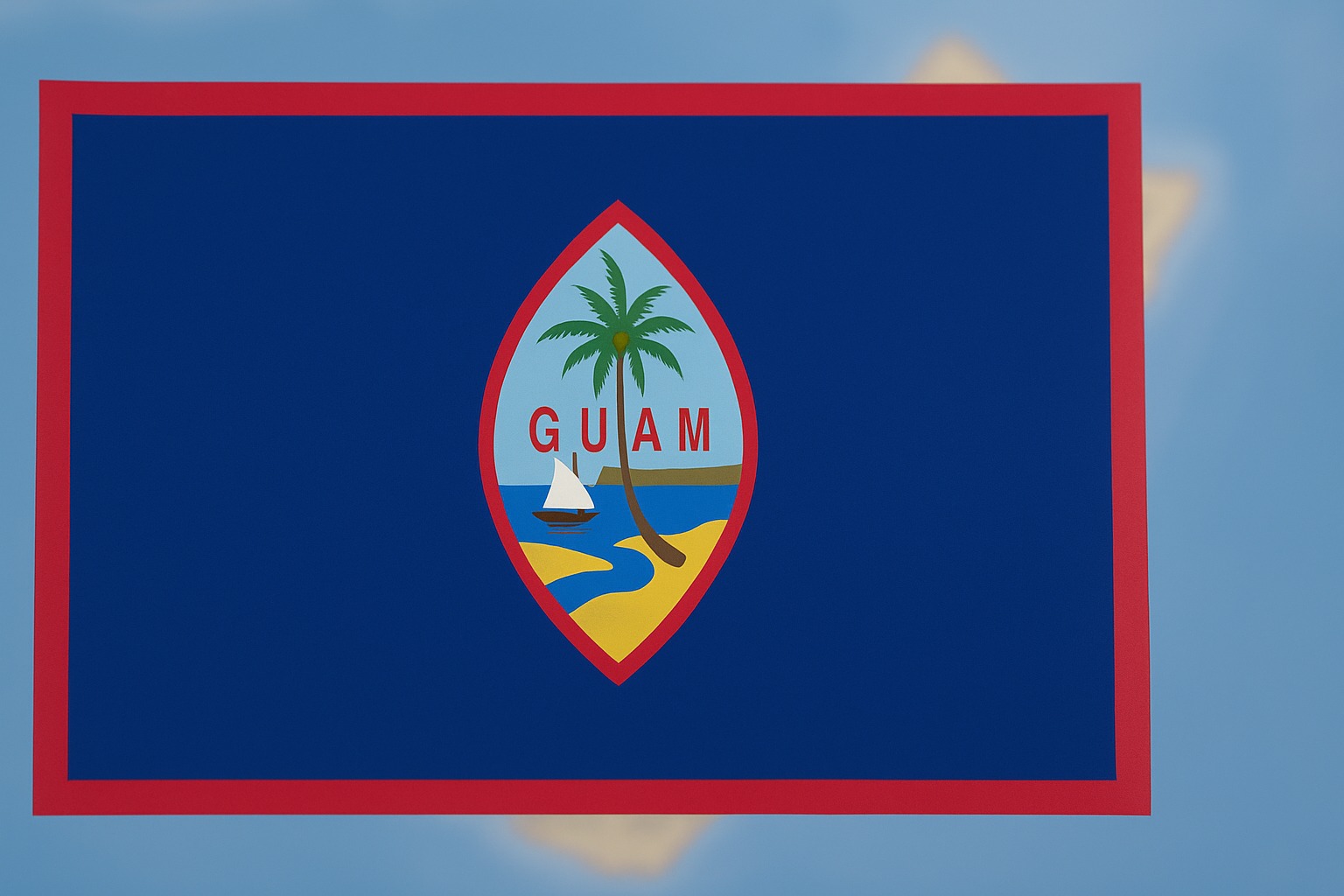
| Official Name | Territory of Guam |
| Location | Western Pacific Ocean, part of the Mariana Islands chain |
| Population | Close to 170,000 |
| Political Status | Unincorporated and organized territory of the United States |
| Capital | Hagåtña |
| Currency | U.S. Dollar (USD) |
| Language | English and Chamorro |
| Citizenship | Residents are U.S. citizens since 1950 |
| Representation | One non-voting delegate in the U.S. House of Representatives |
Guam became a U.S. territory in 1898 after the Spanish–American War. It later served as a key naval base and communications point in the Pacific.
During World War II, Japan took control of the island in 1941 before U.S. forces took it back in 1944. Its location between Hawaii and Asia has kept it strategically important ever since.
Today, roughly one-third of the island is used for American military bases, including Andersen Air Force Base and Naval Base Guam.
In 1950, the Organic Act granted U.S. citizenship to residents and set up a civilian government.
Guam now elects its own governor and legislature, but has no voting power in presidential elections and little influence over federal policy.
Still, enlistment in the U.S. military remains high.
Culture and Society
Local life is shaped by Chamorro traditions mixed with Spanish and American influence.
Family, Catholicism, and village festivals are central to daily life.
Guam also draws visitors from nearby countries like Japan, South Korea, and the Philippines, thanks to its beaches, shopping, and distance.
Economy and Infrastructure
Most of the income comes from tourism and U.S. defense spending.
Jobs are concentrated in services, retail, and construction. While Guam relies on imports for most goods, it runs its own hospitality industry and supports military operations locally.
Government and Legal Structure
- The Organic Act of 1950 outlines Guam’s government framework.
- The governor serves a four-year term.
- The legislature has 15 elected members.
- Federal law applies, though there are differences in tax and customs rules.
American Samoa
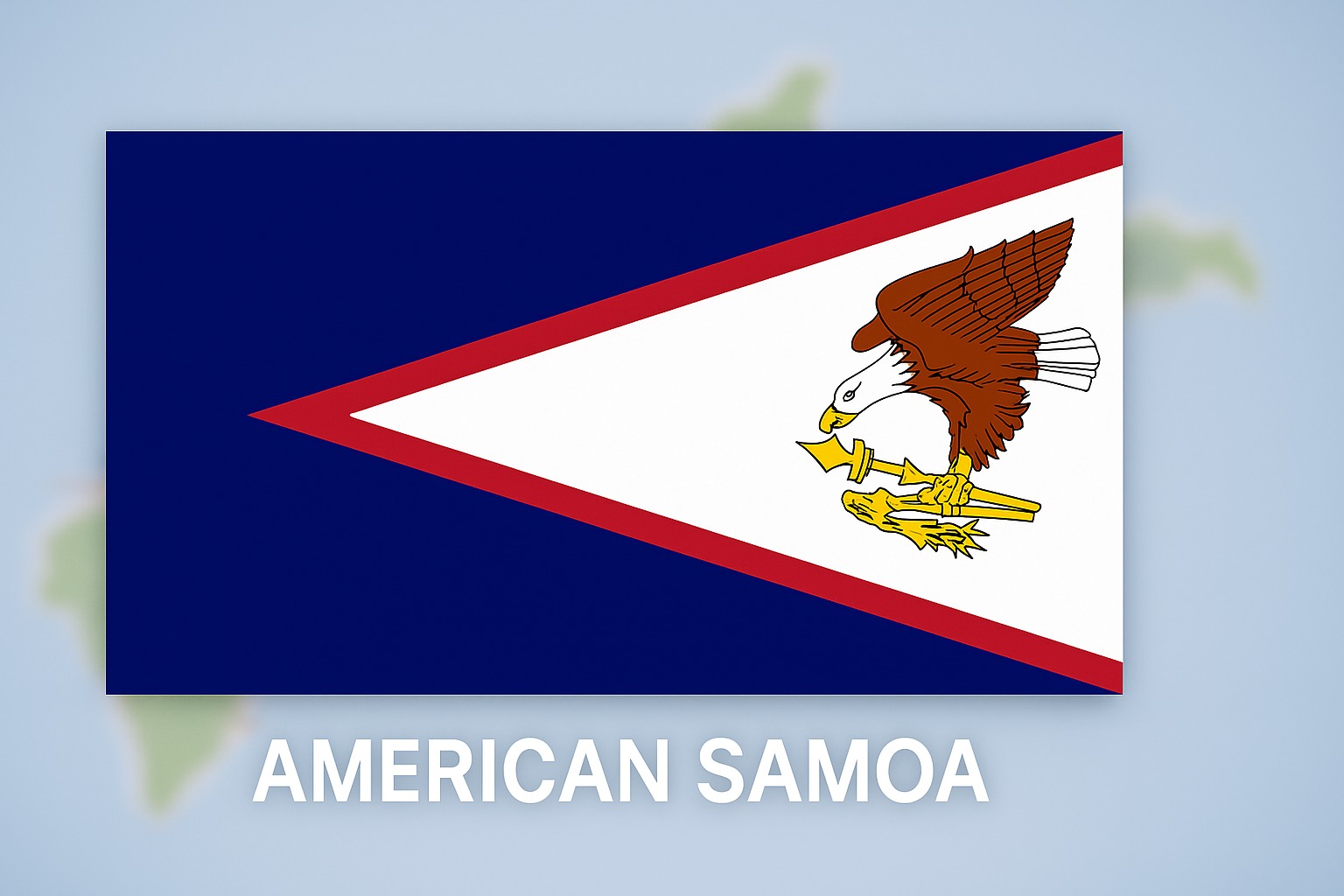
| Official Name | Territory of American Samoa |
| Location | South Pacific Ocean, southeast of the Independent State of Samoa |
| Population | Around 55,000 |
| Political Status | Unincorporated and unorganized territory of the United States |
| Capital | Pago Pago |
| Currency | U.S. Dollar (USD) |
| Language | Samoan and English |
| Citizenship | Residents are U.S. nationals, not citizens, unless they apply for citizenship |
| Representation | One non-voting delegate in the U.S. House of Representatives |
American Samoa came under U.S. control in 1900, after local chiefs signed the Treaty of Cession.
Its main port, called Pago Pago, provided the U.S. with a valuable naval and refueling station in the Pacific.
For decades, the Navy oversaw the territory until the Department of the Interior took over in 1951. While modern government systems are in place today, traditional political structures are still active.
People born in American Samoa are U.S. nationals, not citizens. That means they can live and work anywhere in the U.S., but don’t automatically receive full citizenship rights.
The territory operates under its own constitution, adopted in 1967.
Its governor is elected by residents, and the traditional matai system, where chiefs represent extended families, still carries influence in politics.
Society and Culture
Social life revolves around family and community. Land is held communally, and elders are deeply respected.
Sundays are typically observed as a day of rest, with church playing a major role in public life.
Traditions like dance, music, and storytelling are actively passed down through generations.
Economy and Daily Life
Much of the local economy is tied to tuna canning, federal funding, and small-scale trade.
Government jobs and local services provide most employment, while remittances from family members abroad add to household income.
Limited space and frequent tropical storms pose long-term challenges, but strong family ties and church networks keep communities tightly connected.
Governance and Legal Structure
- The legislature, known as the Fono, has two chambers.
- The governor is elected every four years.
- Local courts handle most legal matters.
- Federal laws apply selectively, allowing traditional customs to remain protected.
U.S. Virgin Islands
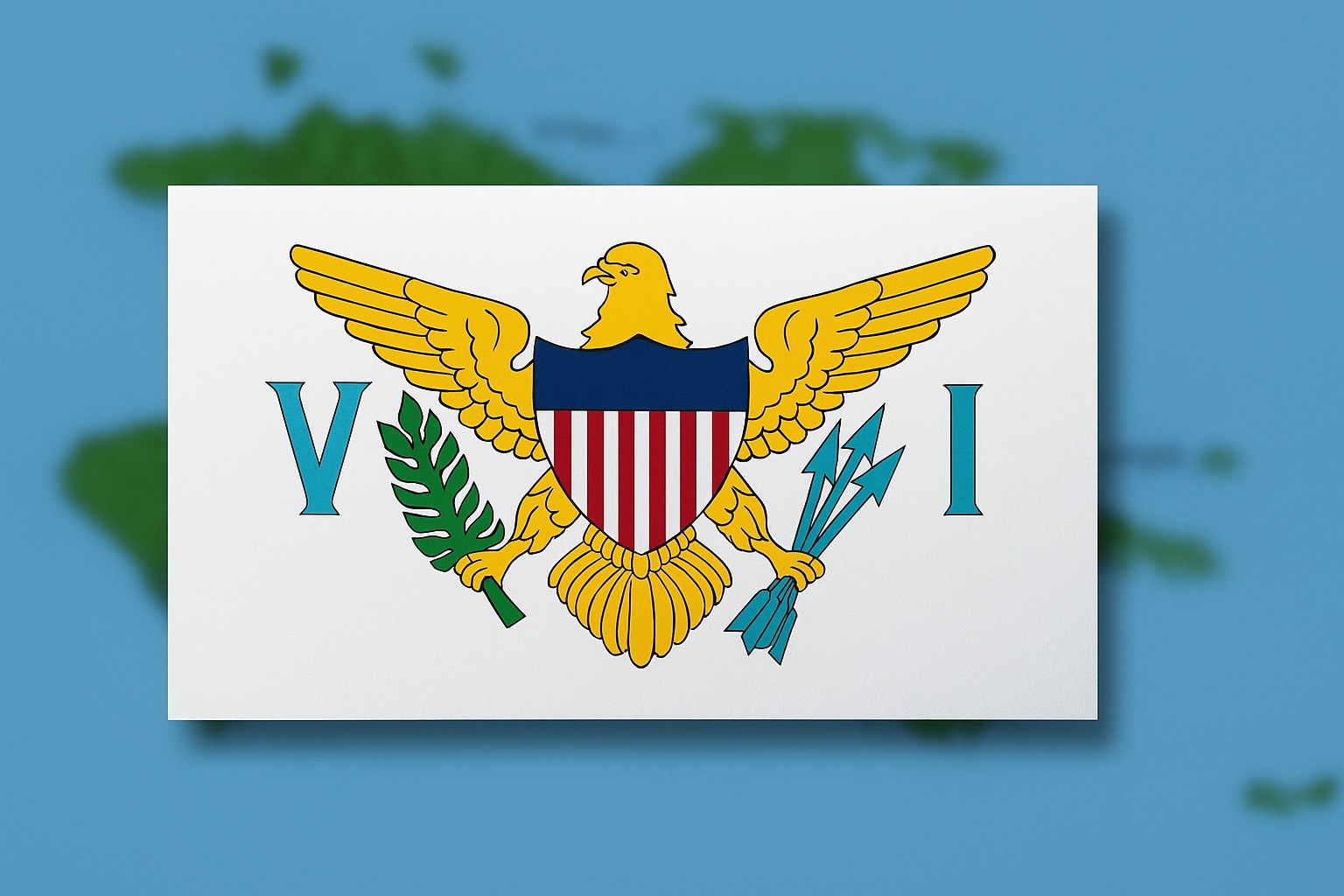
| Official Name | Virgin Islands of the United States |
| Location | Caribbean Sea, east of Puerto Rico |
| Population | Close to 105,000 |
| Political Status | Unincorporated and organized territory of the United States |
| Capital | Charlotte Amalie (Saint Thomas) |
| Currency | U.S. Dollar (USD) |
| Language | English (official), with Creole and Spanish spoken locally |
| Citizenship | Residents are U.S. citizens since 1927 |
| Representation | One non-voting delegate in the U.S. House of Representatives |
The U.S. Virgin Islands, made up of Saint Thomas, Saint John, and Saint Croix, were purchased from Denmark in 1917 for $25 million in gold.
View this post on Instagram
Their location made them valuable during World War I as a naval outpost. Over time, the focus changed from defense to tourism and trade.
A civilian government was set up through the Organic Act of 1936, later evolving into an elected system.
The territory now has its own governor and legislature, though it still falls under the Department of the Interior’s oversight.
People born in the islands are U.S. citizens. However, they can’t vote in presidential elections and don’t have full voting representation in Congress.
Culture and History
Before Denmark took control, various European powers had colonized the islands. Centuries of African slavery and sugar plantation labor left a lasting impact on the culture.
Today, events like Carnival celebrate that heritage, blending African and Caribbean influences through music, food, and dance.
Economy and Daily Life
Tourism represents the main economic factor. Cruise ships regularly arrive in Charlotte Amalie and Frederiksted, with a steady flow of visitors.
Small businesses involved in manufacturing and rum exports also contribute, as do offshore financial services.
Most consumer goods are imported, and hurricanes occasionally disrupt growth.
Even so, strong connections with the U.S. mainland help provide support for infrastructure, aid, and recovery.
Government and Legal Structure
- The legislature has 15 elected members.
- Governors serve four-year terms.
- A U.S. District Court handles federal legal matters.
- Residents pay local taxes instead of the full federal income tax.
Northern Mariana Islands

| Official Name | Commonwealth of the Northern Mariana Islands |
| Location | Western Pacific Ocean, north of Guam |
| Population | Close to 45,000 |
| Political Status | Commonwealth in political union with the United States |
| Capital | Saipan |
| Currency | U.S. Dollar (USD) |
| Language | English, Chamorro, and Carolinian |
| Citizenship | Residents are U.S. citizens since 1986 |
| Representation | One non-voting delegate in the U.S. House of Representatives |
After World War II, the Northern Mariana Islands came under U.S. administration through a United Nations trusteeship.
@_amazingworld__ Why are the Northern Mariana Islands and Guam separate territories? #fyp #geographytok #geography #education #history #world #travel #documentary #videoessay #guam #northernmarianaislands #mariana #unitedstates #spain #japan #germany ♬ original sound – Amazing World
In 1975, local leaders signed a covenant to form a political union with the United States. Congress approved it the following year, and U.S. citizenship was extended to residents in 1986.
Today, the islands follow American legal structures while keeping space for local customs.
Saipan, Tinian, and Rota are the main inhabited islands. During the war, Tinian was used as a major U.S. military base. Bombing missions to Japan were launched from its airfields.
Some of that land is still leased for defense purposes and remains part of U.S. defense planning in the Pacific.
Culture and Everyday Life
People here come from a mix of Chamorro, Carolinian, Filipino, Chinese, and other Asian backgrounds.
Families tend to be close-knit, and deference to elders is common in everyday life.
Events like the Flame Tree Festival bring people together around local music, crafts, and performance.
Economy and Development
Tourism is the main economic driver, especially with travelers from Japan and Korea. The garment industry once had a large presence, but dropped off after international trade rules changed.
Farming is small-scale, and most food is imported. U.S. federal support, along with military-related funding, fills many of the economic gaps.
Government and Legal Structure
- The local constitution was adopted in 1978.
- Governors are elected for four-year terms.
- The legislature has two chambers.
- Federal law applies in selected areas, with exceptions made for labor and immigration policy.
Uninhabited U.S. Territories
View this post on Instagram
Some U.S. territories don’t have any permanent residents.
Most of them are in the Pacific and are managed by the U.S. Fish and Wildlife Service.
They’re mainly used for wildlife protection, scientific research, military history, or as emergency outposts.
Each one is under federal jurisdiction, but none have local governments or communities living there.
Baker Island
A small coral island near the equator, Baker was once mined for guano in the 1800s.
It’s now part of the Pacific Remote Islands Marine National Monument.
There’s no public access. Only occasional visits are available for research or official purposes.
Howland Island
Just north of the equator, this island is best known as the spot Amelia Earhart was trying to reach when she disappeared in 1937.
It’s uninhabited and protected as a wildlife refuge.
The remnants of her intended airstrip can still be seen from above.
Jarvis Island
South of the equator and covering less than five square kilometers, Jarvis also saw guano mining in the past.
Today, it’s a wildlife reserve known for seabird colonies.
Johnston Atoll
@nautiluslive We saw this #helmetjelly while diving SW of #JohnstonAtoll in #internationalwaters. #jellyfish #jellyfishvideo #helmetjellyfish #oceanexploration #oceananimal #deepsea #nautiluslive #deepocean #oceananimal ♬ Summer day – TimTaj
This former military site once stored and processed chemical weapons.
Cleanup and shutdown happened in the early 2000s.
Since then, it’s been left to wildlife.
Kingman Reef
The location of this reef is between Hawaii and American Samoa. Kingman is barely visible above water.
At high tide, it’s almost fully submerged.
Its only purpose today is to be a protected marine ecosystem.
Midway Atoll
Famous for the 1942 battle that marked a turning point in World War II, Midway also has ecological value.
It’s part of the Papahānaumokuākea Marine National Monument and is maintained by a small group of caretakers.
Palmyra Atoll
Unusual among U.S. territories, Palmyra is both federally managed and partly privately owned.
The Nature Conservancy runs a small research station there, focused on marine science and conservation.
Wake Island
Still used by the U.S. Air Force. Wake acts as a backup landing strip and refueling site.
It saw intense fighting during World War II and remains an important spot in the Pacific defense network.
Frequently Asked Questions(Trivia Edition)
The Bottom Line
The United States controls 14 territories in total. Five of them have permanent populations, including Puerto Rico, Guam, American Samoa, the U.S. Virgin Islands, and the Northern Mariana Islands.
The rest have no residents and are mostly used for science, conservation, or military operations.
These regions, scattered across oceans, shape the United States in unexpected ways.
They play important roles in military strategy, culture, and even the environment.
If you were wondering why the U.S. still holds onto these territories, the previous sections show just how important they really are.
